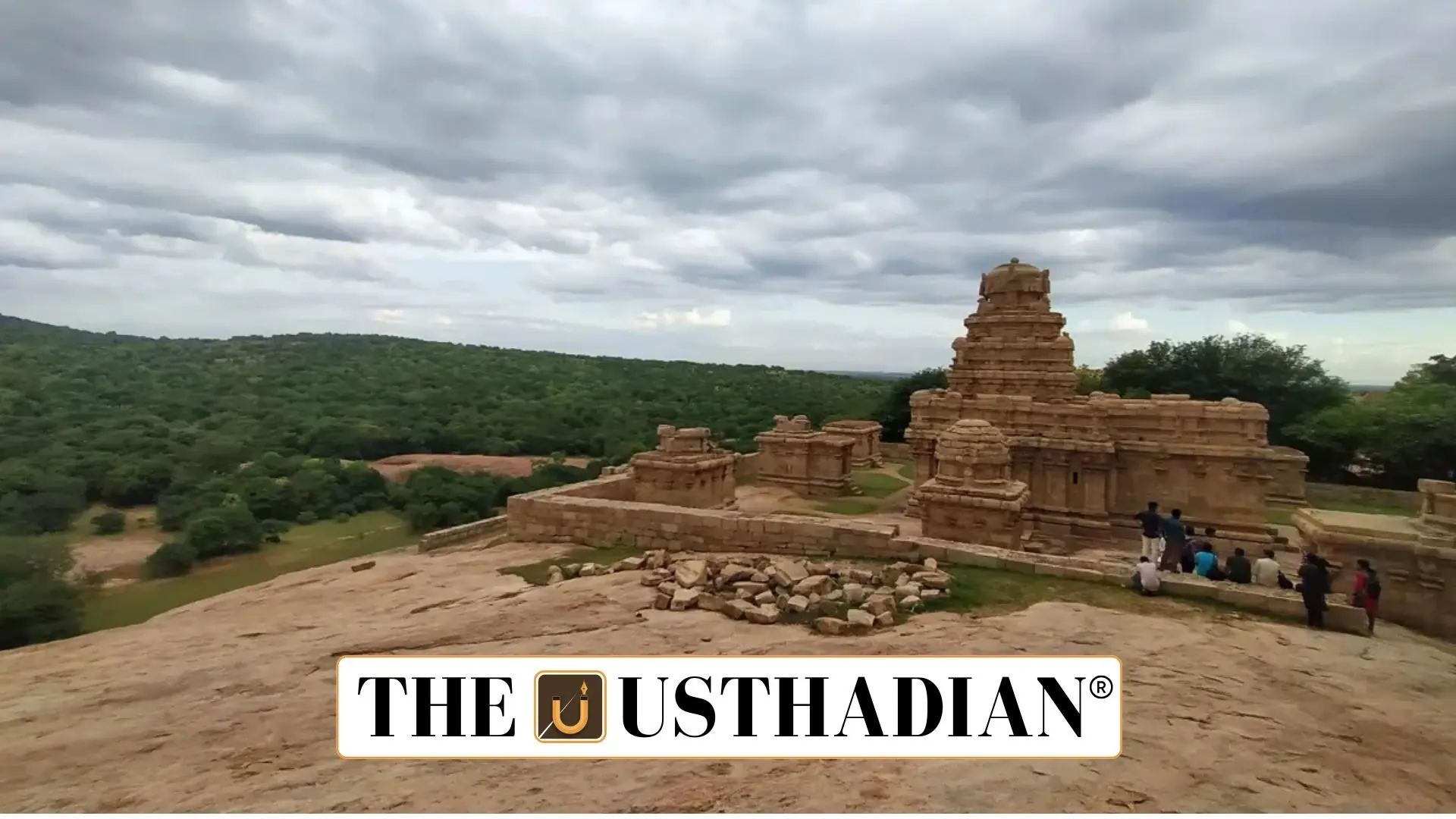A Significant Discovery in Tamil Nadu
Rare Inscriptions from Pudukkottai Shed Light on Ancient Water Management and Temple Culture: The Epigraphy Division of the Archaeological Survey of India (ASI) has made a significant discovery of ancient rock inscriptions in the Pudukkottai district of Tamil Nadu, shedding new light on the region’s rich historical and cultural legacy.Found in the culturally rich villages of Malayadipatti and Ponnamaravathi, these inscriptions were preserved using the traditional estampage method on maplitho paper. These records offer valuable insight into the region’s historical practices in water management, community cooperation, and temple life.
Ancient Water Planning in Malayadipatti
In Malayadipatti, near the Kudambeeswarar Temple, a 16th-century inscription details a land division agreement between Sundara Chozhapuram and Sevvalur for constructing an oorani (water pond). This agreement highlights the role of village communities in sustainable water management. Another inscription near a sunai (spring) mentions King Raja Rajan Sundarapandyan and credits Udaiyan Perumal of Sevvalur for financing the waterbody, showcasing the civic responsibility of individuals in resource conservation.
Temple Economy and Ritual Practices in Ponnamaravathi
At the Chozheeswarar Temple in Ponnamaravathi, inscriptions on the western sanctum wall date back to the 8th regnal year of Maravarman Kulasekara Pandiyan. They reference the temple as Chozheeswarar Udaiya Nayanar Temple under the Uzhavalai Nadu division and mention a donation of 40 panam to light five oil lamps, each designated to a specific temple location. On the eastern wall, another inscription from the 6th regnal year of Raja Raja III places the temple under Rajendra Chola Vala Nadu, listing offerings such as rice, ghee, and milk—illuminating the temple’s ceremonial life and regional administration.
Relevance of These Findings Today
These inscriptions offer more than historical facts—they reveal the literacy, civic engagement, and environmental consciousness of ancient Tamil societies. They provide crucial evidence of how communities managed resources, supported temples, and maintained detailed stone-record documentation. The ASI’s ongoing efforts in cataloging such heritage reinforce the importance of preserving Tamil Nadu’s epigraphic legacy for future generations.
STATIC GK SNAPSHOT
Rare Inscriptions from Pudukkottai Shed Light on Ancient Water Management and Temple Culture:
| Topic | Details |
| Location of Inscriptions | Malayadipatti & Ponnamaravathi, Pudukkottai district |
| Discovered By | Epigraphy Division, Archaeological Survey of India (ASI) |
| Inscription Technique | Estampage on maplitho paper |
| Key Temples Mentioned | Kudambeeswarar Temple, Chozheeswarar Udaiya Nayanar Temple |
| Temple Divisions Mentioned | Uzhavalai Nadu, Rajendra Chola Vala Nadu |
| Cultural Terms | Oorani (pond), Sunai (spring), Panam (currency) |
| Ritual Items Listed | Rice, ghee, milk, oil lamps |








